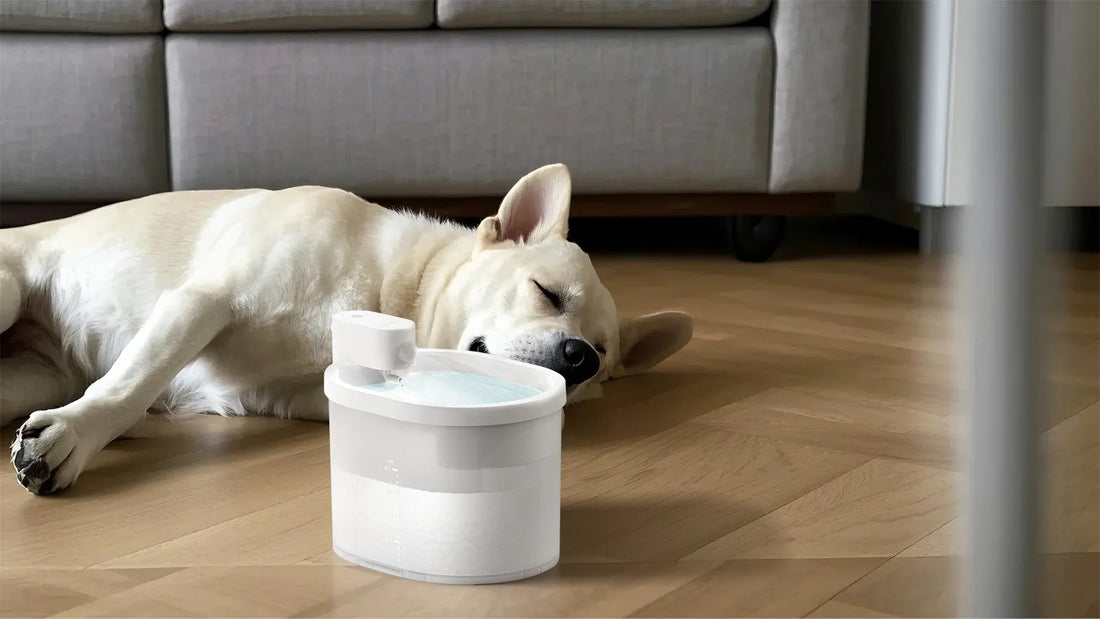If your dog won't walk on a leash, you're not alone. This frustrating behavior is a common issue faced by many dog owners. Whether your pup plants their paws firmly on the ground or pulls in the opposite direction, it can turn what should be an enjoyable activity into a stressful ordeal. But don't worry—understanding why this happens and how to address it can make all the difference.
Why Dogs Resist Walking on a Leash
There are several reasons why a dog might refuse to walk on a leash. Identifying the root cause is the first step toward finding a solution. Here are some common factors:
Fear or Anxiety
For some dogs, the leash itself or the act of walking on a leash can be intimidating. This is especially true for puppies or rescue dogs who may not have been properly socialized. Loud noises, unfamiliar environments, or past negative experiences can also contribute to fear or anxiety.
Lack of Training
Walking on a leash is a skill that dogs need to learn. If your dog hasn't been trained to walk on a leash, they may not understand what is expected of them. This can lead to confusion and resistance.
Physical Discomfort
Sometimes, a dog's refusal to walk on a leash is due to physical discomfort. This could be caused by an ill-fitting collar or harness, an injury, or an underlying health issue. It's important to rule out any medical concerns before addressing the behavior.
Overexcitement
On the flip side, some dogs are so excited to go for a walk that they become overly enthusiastic. This can result in pulling, jumping, or refusing to move altogether.
How to Help Your Dog Walk on a Leash
Once you've identified the reason behind your dog's reluctance, you can start working on a solution. Here are some effective strategies to help your dog walk on a leash:
Positive Reinforcement
Positive reinforcement is one of the most effective training methods. Reward your dog with treats, praise, or playtime whenever they walk calmly on the leash. This helps them associate leash walking with positive experiences.
Gradual Desensitization
If your dog is fearful or anxious, gradual desensitization can help. Start by introducing the leash in a calm, familiar environment. Let your dog sniff and explore it at their own pace. Once they're comfortable, attach the leash and allow them to walk around the house before venturing outside.
Choose the Right Equipment
Ensure that your dog's collar or harness fits properly and is comfortable. Some dogs prefer harnesses over collars, as they distribute pressure more evenly and reduce the risk of injury.
Practice Patience
Training takes time, so be patient and consistent. Start with short walks and gradually increase the duration as your dog becomes more comfortable. Avoid forcing your dog to walk if they're resistant, as this can create negative associations.
Seek Professional Help
If you're struggling to make progress, consider consulting a professional dog trainer or behaviorist. They can provide personalized guidance and support to address your dog's specific needs.
Preventing Future Issues
Once your dog is walking comfortably on a leash, it's important to maintain good habits to prevent future issues. Here are some tips:
Regular Exercise
Ensure your dog gets plenty of exercise to burn off excess energy. A tired dog is more likely to walk calmly on a leash.
Consistent Training
Continue practicing leash walking regularly to reinforce good behavior. Consistency is key to long-term success.
Monitor for Discomfort
Regularly check your dog's collar or harness for signs of wear and tear. Make sure it fits properly and doesn't cause any discomfort.
Stay Calm and Confident
Dogs can pick up on their owner's emotions, so stay calm and confident during walks. This helps your dog feel more secure and relaxed.
Walking your dog should be a fun and rewarding experience for both of you. By understanding why your dog won't walk on a leash and implementing the right strategies, you can overcome this challenge and enjoy many happy walks together. Remember, patience and consistency are your best allies in helping your furry friend become a confident leash walker.













